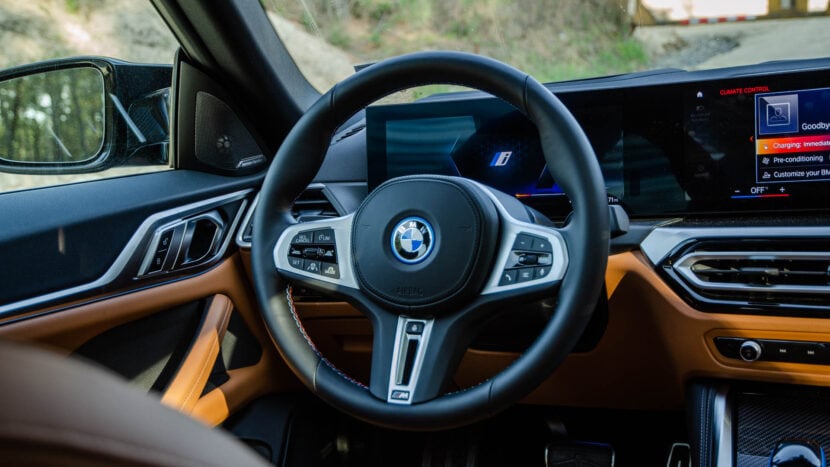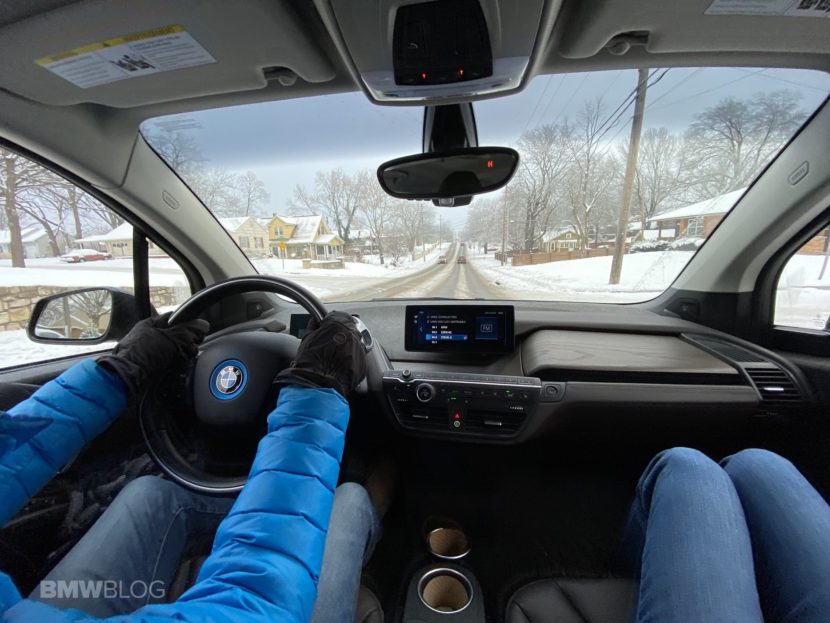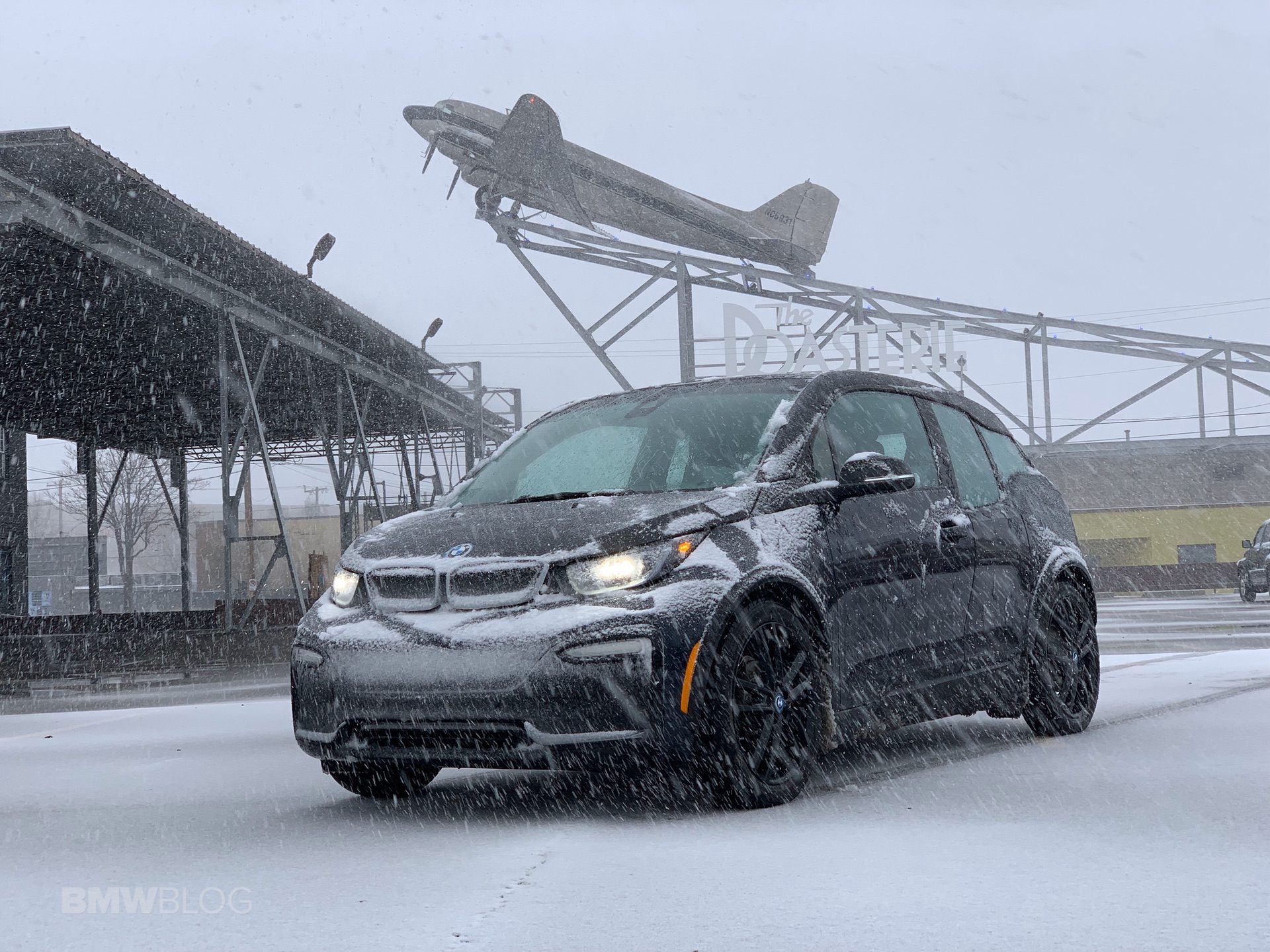Fall is upon us and we’re now merely weeks away from the cold weather season. So if you own an electric vehicle, then the cold weather will have an impact on yours cars and driving characteristics. Range anxiety is the biggest hurdle in the adoption of electric cars, but with a growing infrastructure for fast charging, range anxiety has become less of an issue. Except in the winter.
According to AAA, once the temperature reaches 20°F (-7°C), range is cut by up to 41 percent. That means that even electric cars with a 250 miles range can dip to around 150 miles range levels. For those of you with a longer commute, this could mean not being able to use your car after you get home from work in the winter.
So what can you do to maximize the range for your electric vehicles? We paired up with Clipper Creek and Enphase to provide you with some tips on how to approach the cold season.
1. Precondition the battery

The best think you can do for your electric car in the winter is to precondition your battery pack. Think of this as the electric equivalent of using remote start on a car with an engine to get things up to operating temperature before embarking on your journey. Therefore, the battery will be used at the optimal operating temperature. The result? A more efficient drive and longer range. Some cars will also begin to warm up the battery as you approach a fast charging station, therefore preparing the battery pack for ideal charging conditions.
2. Steering wheel and seat heating

If there are two features that should always add in your electric vehicle, then steering wheel heating and seat heating should be your number one priority. The heating tech don’t use nearly as much energy as cabin heating does, yet it will keep you comfortable. So you don’t have to heat up the entire cabin in order to stay warm.
3. Pay attention to tire’s PSI

BMW has recently given us a presentation on the efficiency of an electric car. Surprisingly, what we learned is that the tire choice plays a more important role in the efficiency of an EV than the drivetrain itself. So the best thing you can do for your electric car is ensuring an optimal tire pressure. Tires can lose 1-2% air pressure every month with additional pressure lost in dropping temperatures.
4. Don’t let the battery levels get too low

Automakers develop intelligent software management systems to keep a certain level of electricity in your battery pack. It ranges from one automaker to another, but the basic idea is this: the battery will heat up faster if it doesn’t start from zero.
5. Slow down on the highway

The worst thing you can do to your electric range is to travel at high speeds for long stretches of time. In our BMW i3, we consistently use the ECO-PRO mode which reduces the power consumption in the car and therefore boosting the mileage. Of course, it’s also smart not to speed in the winter, considering the difficult road conditions.





































































